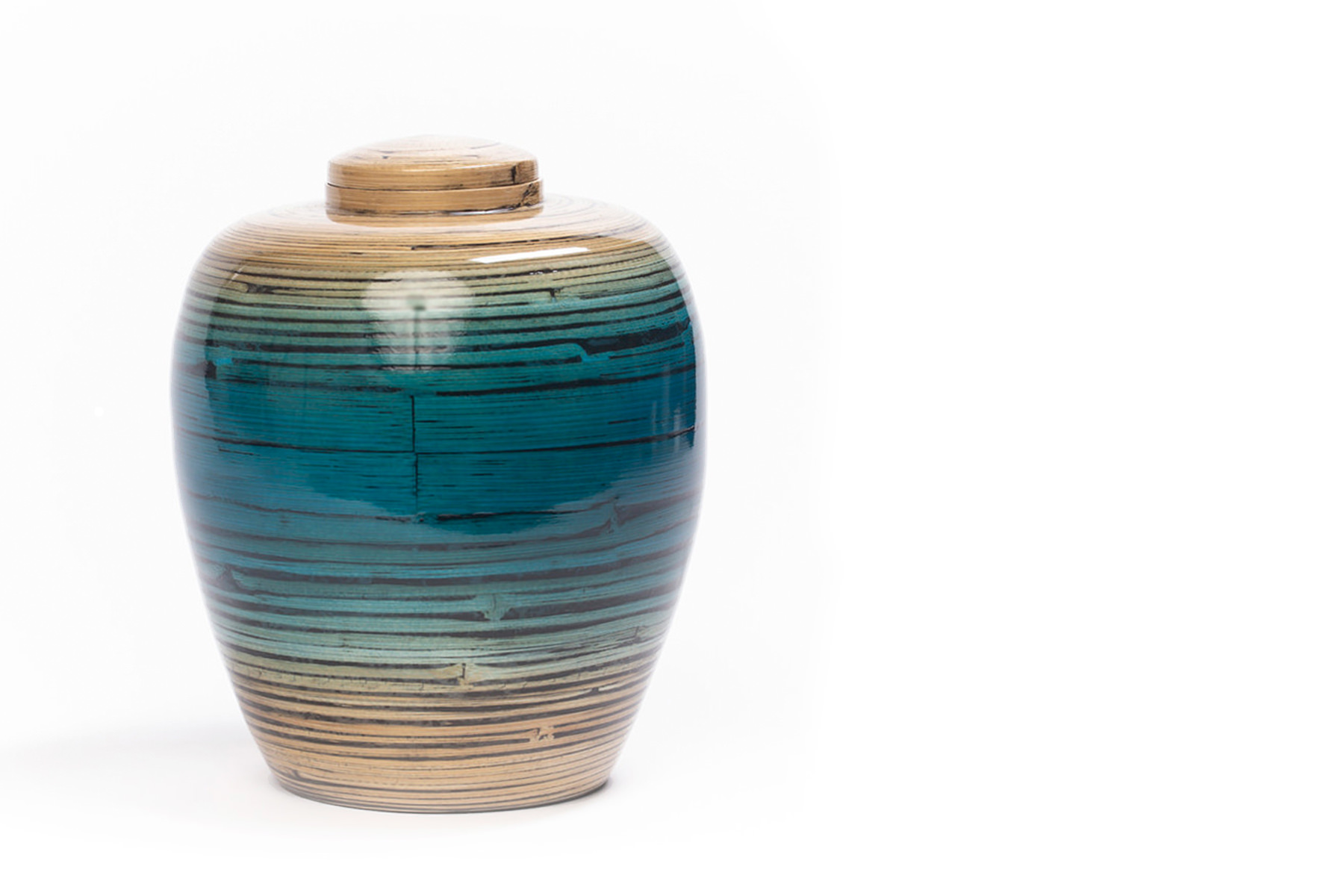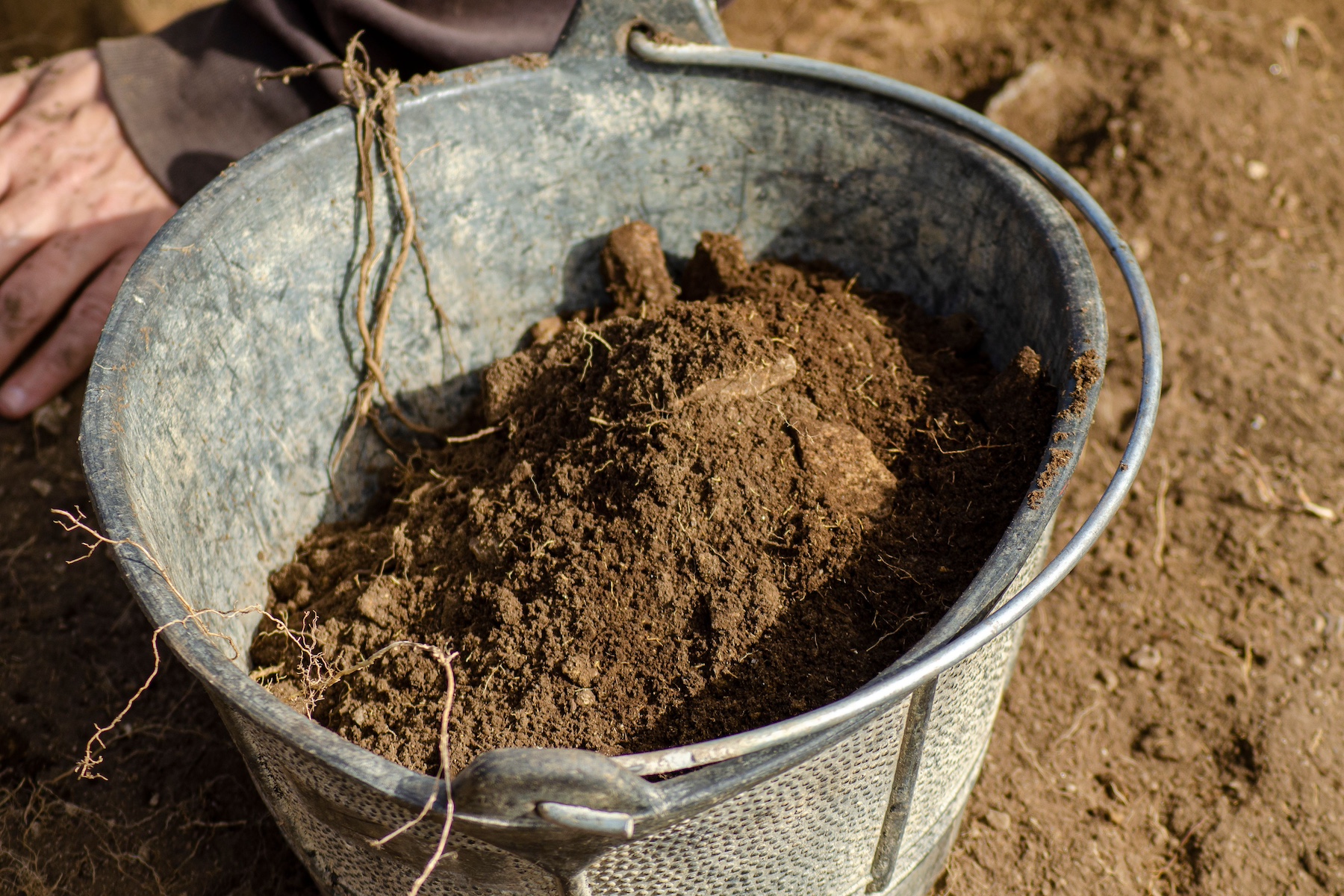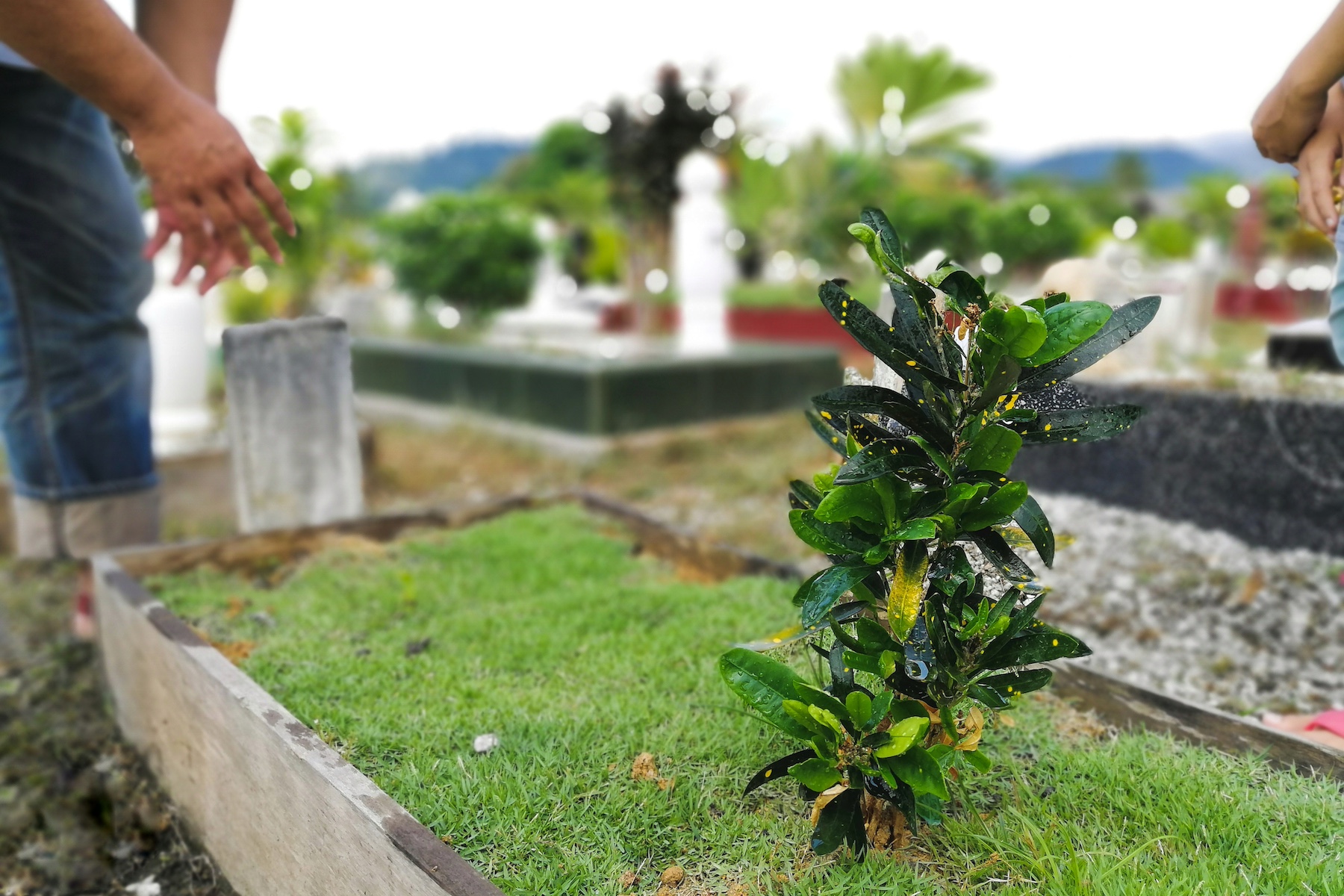We share our lives with a lot of people. Some of those people are very near and dear to us. Parents, children and spouses often share special connections that are felt long after a death.
If you and a loved one both choose to be cremated you’ll also have the option of being together for eternity. It’s a lot easier to arrange for the cremated remains of two people to be together compared to burial, but it’s still a good idea to plan ahead. Below are a few things to consider if you are planning on sharing an urn.
The Biggest Consideration for Choosing a Shared Urn
Let’s start by laying out the most important consideration for choosing an urn if it’s going to be shared – capacity. The urn needs to hold not one but two people’s cremains. Most urns are going to hold one person’s cremains no problem. Some have extra space and there are ones designed specifically for multiple people.
This is important because an urn can only hold so much. Urns will have a measurement of how many cubic inches of storage space is inside. You can use the cubic inches to determine if an urn will be big enough.
But it can be a bit of a balancing act. The amount of cremains for one person can be a lot more or a lot less than another individual. Now let’s delve into why this is and what you need to consider to properly estimate the capacity needed for sharing an urn.
Consider the Type of Cremation
Today there are a few different types of cremation, and that’s going to impact the amount of cremains you receive. Generally speaking, aquamation (alkaline hydrolysis) tends to produce more cremains than flame-based cremation. Aquamation can produce up to 20-30% more cremains.
Consider the Size of the People
The size of the person is also going to determine the amount of cremains. In general, a person who weighs 200 pounds will have 200 cubic inches of cremains using traditional flame-based cremation. Basically, one cubic inch for each pound. With aquamation the cremains of a 200-pound person would be up to 260 cubic inches because the process results in a higher amount of remaining bone.
Consider the Height and Age of the People
Weight is the most common way to gauge the amount of cremains, but there are two other things that also make a difference. Since cremains are made up of the bones that remain after cremation, it’s logical that taller people will have more cremains than shorter people.
Age also plays a role. As we age our bone density decreases. Therefore young people, especially males, will have more bone than older individuals.
Consider Where the Urn Will Be Kept
Where the urn is going to be kept will determine how large the urn can be. For example, if you plan to display or keep the urn in a columbarium niche you may need to get two smaller urns. But if you plan to eventually bury the urn in a plot the dimensions are far less limited. In that case you could select an extra large oversized urn that easily holds the cremains of two people.
Consider Getting a Companion Urn
If you don’t want to risk getting an urn that’s too small or you don’t have the space for an extra large urn, there’s another option. Companion urns are designed to go together while providing separate urn space for each set of cremains. There are a lot of unique designs, some of which look like a single large urn with two inner compartments. Other companion urns have two containers that link together.
Companion urns will have a total cubic inch capacity, but it should also specify how much space is in each compartment. If display space isn’t limited you may want to consider an extra large companion urn that has a capacity of 640 cubic inches or more.
At Direct Cremate we’ll handle the cremation process from start to finish so you can focus on finding the perfect urn. You can call or text at any time to make direct cremation arrangements.



